Commercial solar power is a well-known method of saving money and providing a return for a business. A lesser-known benefit of solar power, is its ability to effectively increase the electrical capacity of a property.
This article details how a businesses can increase their circuit breaker capacity in a cost effective way using solar energy.
Electrical capacity limitations of commercial properties
Many manufacturers in Australia rely on sophisticated 3-phase equipment to keep their labour costs down and quality of workmanship high.
When leasing or purchasing a commercial property, there are many considerations for a manufacturer. Floor space, location, access, property value etc all need to be addressed. Commonly overlooked, is the electrical capacity of the property. Businesses often discover after a few years of growth that they are tripping their circuit breaker. This electrical capacity is limited by:
- Transformer in the street
- The cable size to the property
- The circuit breaker capacity at the switchboard
To increase electrical capacity to a factory, all three components need to be upgraded simultaneously.
Manufacturers can run into significant and unexpected costs at this point. Electricity capacity upgrades can become particularly costly if the incoming cable is underground.
The costs associated with locating, designing and re-trenching a supply cable can be well beyond what a business can plan for.
Solar power’s effect on circuit breaker capacity
In many situations, installing solar power can provide a cheap boost of electrical capacity. The best part about installing solar, is no other electrical upgrades are required.
A solar installation on a factory will boost the effective capacity of the circuit breaker in the following way:
The electricity generated by the solar panels is consumed by the machinery first. Only when the machinery demands more, does the power get drawn from the grid. The illustration below shows how the circuit breaker capacity and the instantaneous solar current can be added together.
Drawbacks
While solar provides a boost to your electrical capacity, is not a solution for all scenarios. There are a number of limitations including:
Inconsistent electrical capacity boost: A solar power system only produces power and hence current during the day. If a business runs early morning or evening, they will be limited by their electrical mains capacity.
Solar power is also impacted by the sunlight. On a cloudy day, the increase in electrical capacity provided by solar will be less than a clear day.
If a business has reasonable flexibility around when they run machinery, this constraint can be minimised. Many solar inverters will have consumption-level monitoring. This shows how much the entire factory is consuming vs. how much extra capacity the solar is providing. The image below shows an example of a Sungrow Inverter.
Current exporting constraints: If the electrical supply of a factory is insufficient, the cable feeding the property from the mains is smaller than desired. Solar will reduce the amount of power needed to run through this cable. However, electrical current also runs back through the incoming cable if the solar system is producing more than the factory is using.
It is possible that the solar may produce more power than the circuit breaker is rated for, risking a trip when the solar power tries to feed back into the grid. In this case, the solar installer will limit the export of the solar inverter so it doesn’t exceed the main circuit breaker capacity.
This will slightly reduce the feed-in credit available to the business, but generally only by a very small amount.
How much extra electrical capacity will solar provide?
Assuming a three phase system, the formula for the current generated by a solar install is:
Current = inverter rated power/(√3 x 400V)
In the case study video below, the maximum increase in electrical capacity can be calculated as:
I = 100,000W/ √3 x 400V
This means when the factory solar is producing 100kW, the additional electrical capacity of the factory is 144A.
The capacity of the main switch in this example is 100A. At this point in time, installing solar would have provided 2.5x the electrical capacity to the factory.
Of course in reality, the average increase in electrical capacity provided by solar will be more modest. At any point in time, the additional capacity will exist as:
0<solar current<144A .
Provided the sun is shining, there will always be a net positive impact on supply capacity to a factory
If your business ever experiences intermittent tripping of the main circuit breaker, solar power might assist in the short term. The effect can be further enhanced through battery storage.
The video below shows how a manufacturer of stone benchtops (IB Granite), was able to achieve a very cost effective electrical solution via a 99kW solar install.
The expert team at Kuga Energy is happy to look at your property, and estimate how much electrical capacity you could generate.

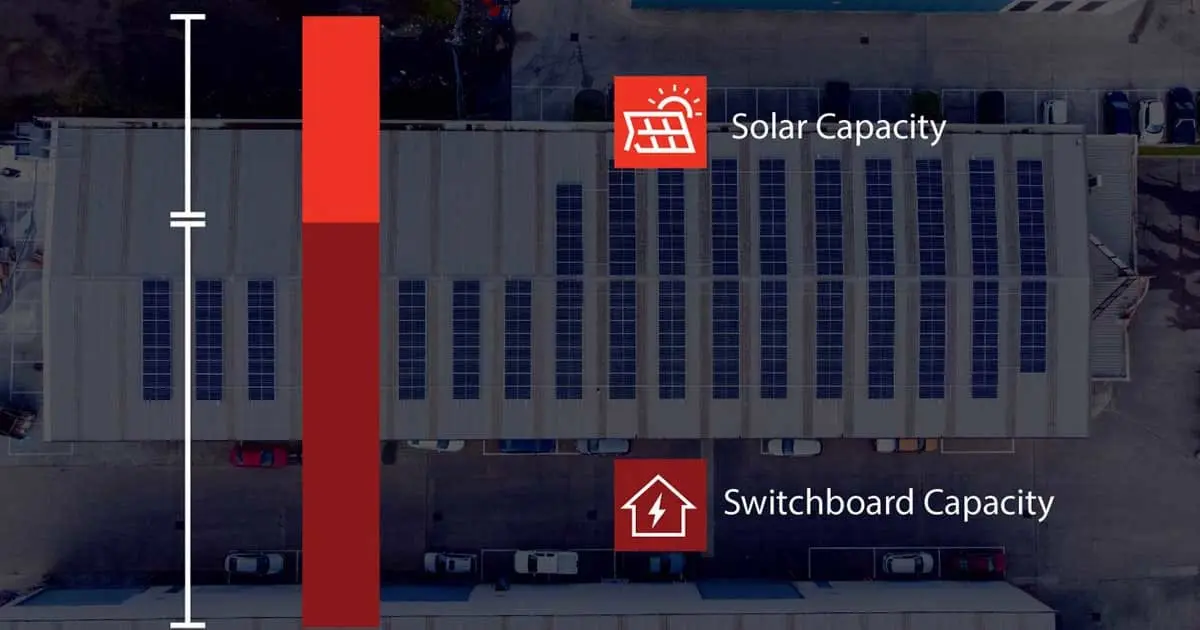
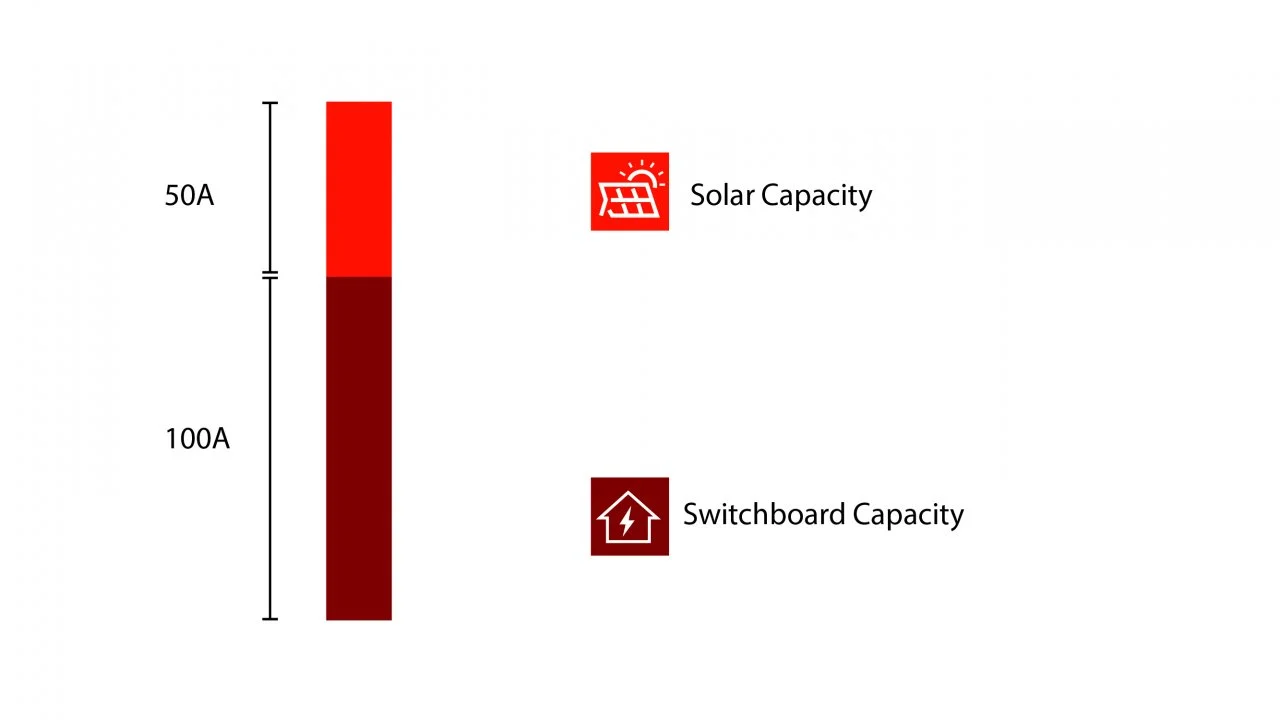
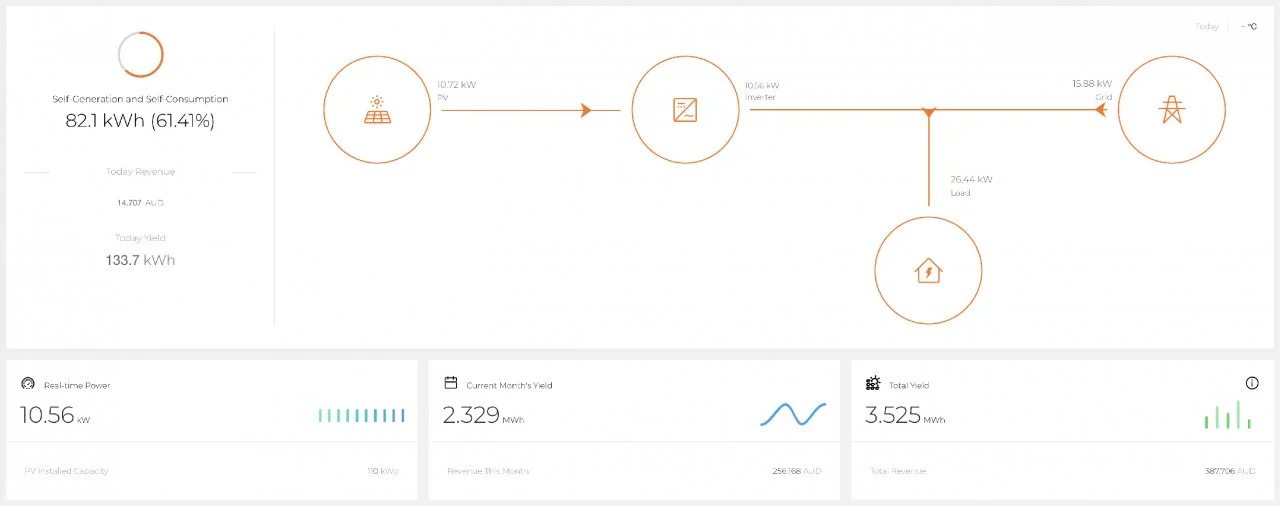
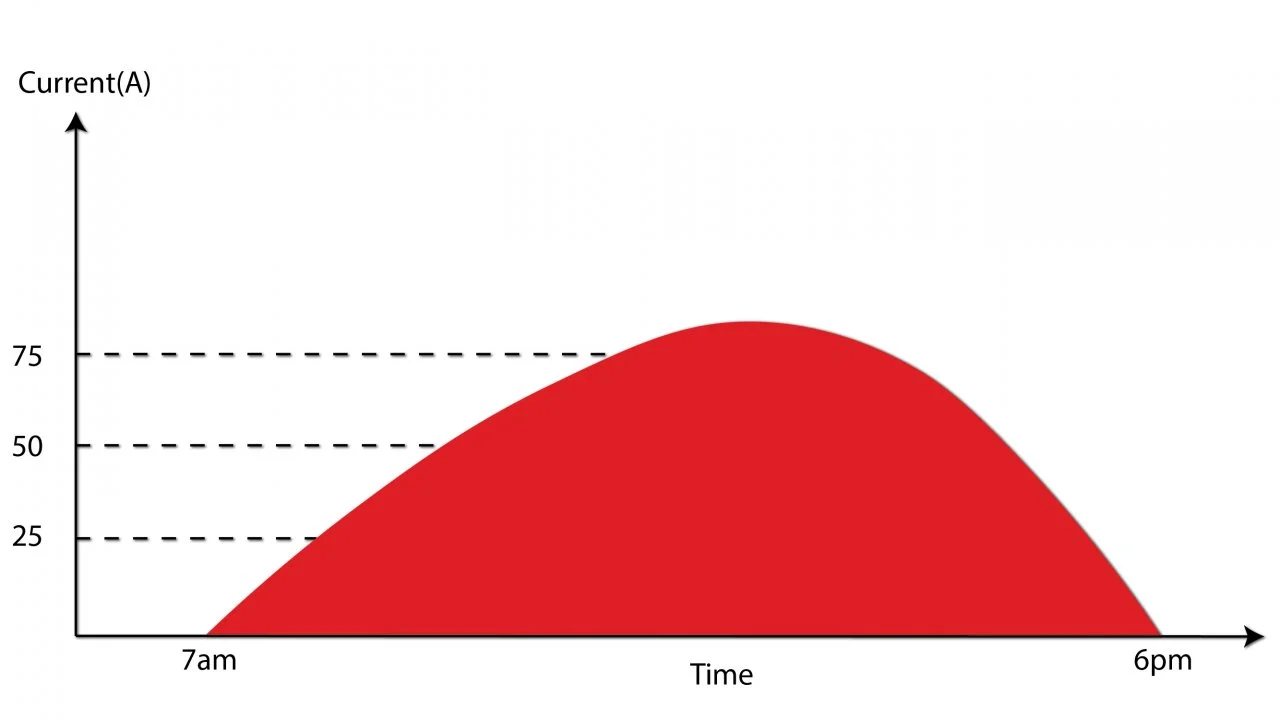

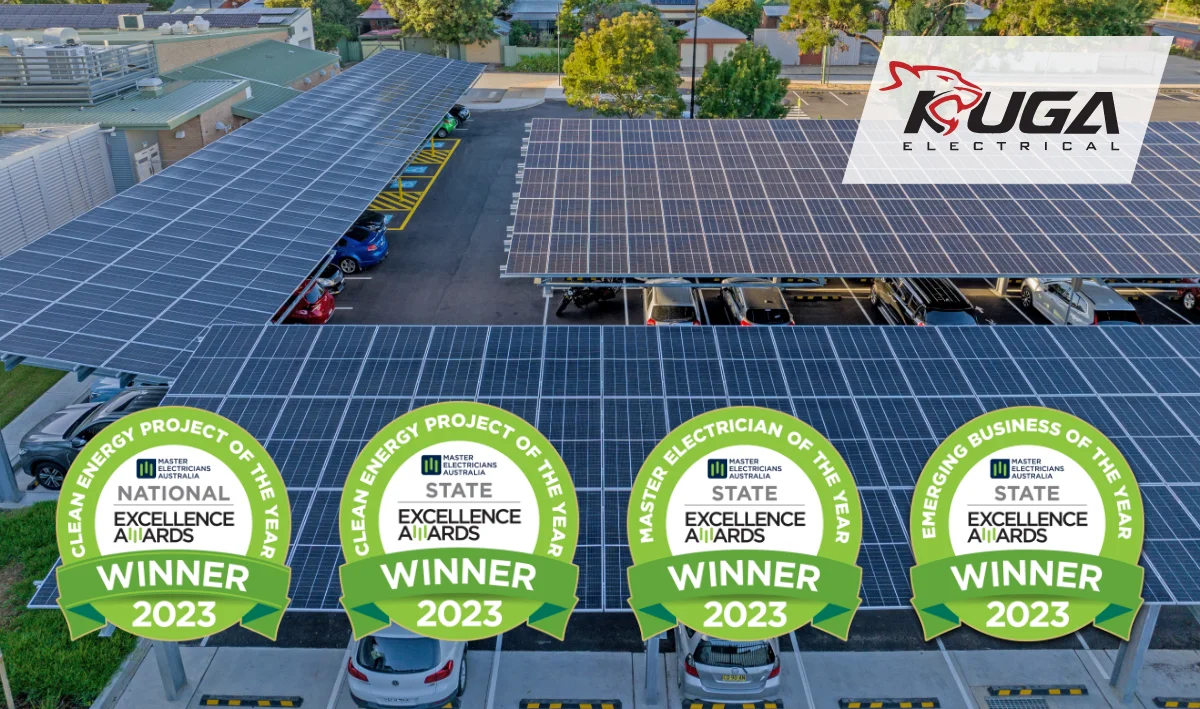









 Get Quote
Get Quote Call Now
Call Now